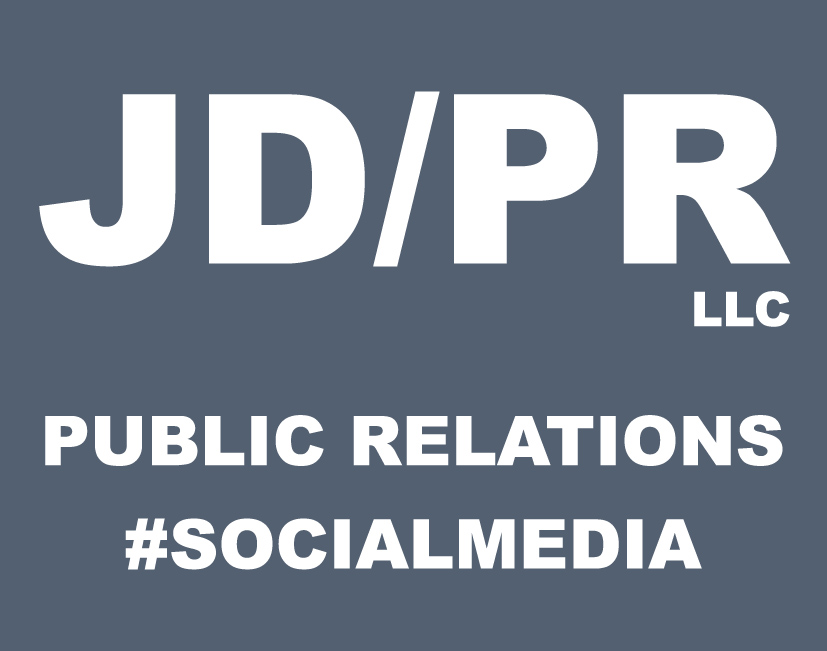Is Your Crisis PR Plan Still in a 3-Ring Binder?
When the 2011 earthquake shook cities along the East Coast, offices were evacuated and workers found themselves outside texting and trying to make calls on overloaded networks. One company we worked with, which operates plants nationwide from its Baltimore headquarters, urgently needed to communicate, but the PR team had to wing it from the sidewalk until they were allowed back into their offices.
For me, that brought home the reality that when a crisis hits, you’re not necessarily sitting at your desk with the plan at your side. I’ve been at a mall, at an off-site meeting, at home cooking dinner and on a soccer field when “that call” came in.
Now is the time to convert your crisis communications plan to a mobile version that can be accessed by multiple people – wherever your team happens to be.
Re-Design Your Plan for Mobile Device Access
While it’s fine to have a lengthy traditional crisis plan in a three-ring binder, a mobile version accessible via smartphone or tablet is more useful in the early stages of crisis response. Re-format it into a linear, scrollable fashion so it can be shared via a tool like Dropbox.
While You’re At it, Update the Plan
If your plan is still in traditional paper format there’s a chance it hasn’t been updated in a while. Now is the time to swap out the media fax numbers for current email addresses and Twitter handles. Roles are critical, so make sure you add new team members, along with their current contact information, including cell phone numbers for texting.
Focus on Social Media
Today’s crisis situations will likely begin on social media, so the key to getting ahead is being proactive and fast in your response. Have boilerplate statements – including pre-approved tweets and Facebook posts – ready to update and post quickly (“we’re aware of the situation and will provide an update shortly…”). Otherwise, the public and media might assume you are unaware of the events impacting your organization. Also, do the right team members have passwords or access to social media accounts?
Assign Roles and Levels
Crisis planning basics: make sure the plan outlines who is on the crisis communications team, the escalation levels specific to your organization’s vulnerabilities, and the roles of team members and steps for message development. Consider organizing your responses by levels vs. having a scenario-based plan.
Keep a Seasoned Pro as the Lead
Monitor social media closely for mentions of your company and be sure to have alerts set up. Resist the temptation to assign this critical task to an intern or junior staffer. It needs to be someone who understands when a situation rises to a crisis level and can make that call. Organizations need to decide on the milestone that will signal the transition from crisis mode back to “regular” communications.
Rehearse
Managing a crisis is difficult enough, so don’t wait for the real thing to find out if your plan has any holes in it. You’re better off making mistakes in the comfort of your conference room vs. when you’re out there running the show. The worst time to media train your executives? When you are in the midst of a crisis situation.
Is it time to update your plan and prep your executives for the media spotlight? Let us know and we’d be glad to help.



Leave a Reply
Want to join the discussion?Feel free to contribute!